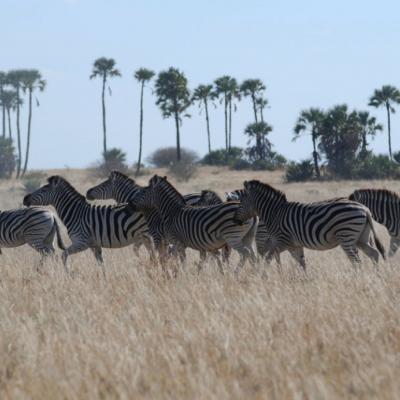NASA's IMERG Shows Devastating Rainfall Over East Africa
Heavy seasonal rainfall has recently caused flooding in Kenya resulting in displacement of over 244,000. This deluge follows the severe drought that afflicted East Africa in 2017. The estimated death toll from flooding and mudslides has recently been increased to about 100 people. Rainfall accumulation estimates from NASA's Integrated Multi-satellitE Retrievals for GPM (IMERG) data are shown here for the period from April 27 to early May 4, 2018. During this period heavy seasonal precipitation fell over Kenya. Rainfall totals in some areas near the Indian Ocean coast were estimated by IMERG to





